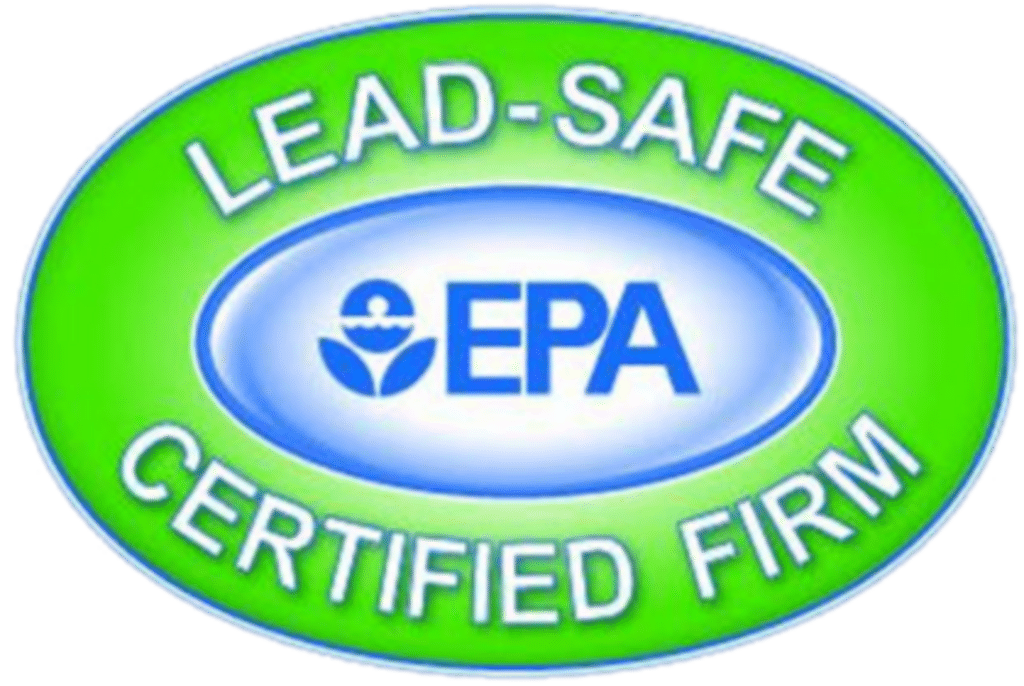What You Need to Know About Lead Paint
ENJOY YOUR OUTDOOR SPACES
Thursday, January 25, 2018 9:50 AM #StanfordPainting, #painter, #painting, #LeadPaint, #lead, #leadpaintinyourhome, #renovation, #paintingprojects, #whatyouneedtoknowaboutleadpaint
If you own a home, and it was built before 1978, there’s a good chance you may have lead paint in your home. Lead paint can still be present in your home, even under multiple layers of paint. If the paint is in good condition, it usually isn’t an issue, however if it starts cracking, peeling, chipping, or becomes damp, you’ll have a problem on your hand that needs to be taken care of right away. Here are a few things you need to know about lead paint:
- Lead paint can be hazardous to your children. If you have lead paint that is deteriorating, make sure to have it fixed by a professional right away. In the meantime, keep surfaces such as window sills, doors, door frames, windows, stairs, railings, and banisters clean, so children in your home don’t get sick.
- Keep your lead paint in good shape. Lead paint that is chipping, peeling, or cracking can create dust, and put you and your family in more danger. This dust can also be tracked into the home from soil contaminated by exterior lead based paint that could be on your home.
- Renovation can create lead based dust. When renovating a house that was built before 1978, you need to make sure you have a professional come in and take care of any lead paint. Removing any and all lead paint before renovation or demolition is crucial to decrease the risk of exposing you, your family, or any construction workers to lead based dust.
- Inspect a home before you buy it. If you’re considering purchasing a home that was built before 1978, there are certain precautions you can take to make sure your home is free of lead paint. A lead paint inspection will tell you the amount of lead in each type of paint on the surfaces in your home. This is useful to do before purchasing or renting a home, or before you plan on doing any major renovations. In addition, you can also do a risk assessment, which will tell you where the serious sources of lead paint are in your home, and how much of a risk of exposure it will cause to you and your family.
- Take special care when cleaning. There are certain precautions you can take while cleaning that will decrease the risk of exposing your family to lead paint. Make sure to use non-grip mops when cleaning the floor, and use damp cloths for dusting so you don’t disrupt any lead paint that could create dust.
If you have more questions about lead paint, you can contact Stanford Painting at 650-321-9302 and we’ll be happy to help.











